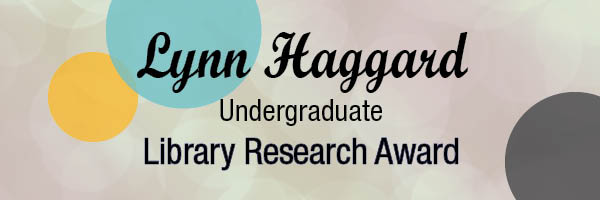Date
2019
Award Level
Runner-Up
Abstract
“Nearly one in five children come from a home where English is not the native language and more than one in four children are Hispanic where Spanish is the primary language spoken” (Correa, Mackiewicz, & Miller, 2017, p. 209). Classrooms are more diverse now than they ever have been before. Even though this diversity greatly enriches the culture of a classroom, many teachers are not equipped with the teaching techniques to engage children who have traveled from other countries to the United States. The world of English Language Learners (ELL) and the programs that exist to help these children acclimate to an entirely new environment and language is fascinating. After gathering information from a variety of peer-reviewed resources and articles, I discovered that most children who immigrated from other countries to America are often left behind in a general education classroom because they are overwhelmed with the move into a new country and cannot quickly pick up on the English language. Unfortunately, some teachers equate the child’s inability to grasp a new language to the need for special services. Instead of assessing where children are at using methods designed to test their knowledge base in their native language, the classroom teacher sends them off to someone else in special education. The problem with this sendoff is that most children with English as a second language need a different teaching approach and a heightened focus on visual cues as well as support from ELL interventions, not a referral for special education resources. For my Action Research Project, I will examine how general education teachers can use ELL interventions and different teaching techniques to help students with English as a second language participate more often in class and truly grasp the knowledge that is available to them. Some of these teaching techniques and interventions include increasing family participation within the classroom, incorporating read alouds, authentic conversations that discuss feelings or opinions, independent or guided writing opportunities, and small group instruction, as well as increasing vocabulary instruction and reading comprehension skills (Schmitt, Snyder, & Witmer, 2017). Of course, each student is unique and some interventions that are helpful for one child may not be as impactful for another. In my own future classroom, I would incorporate these various intervention methods and then determine how successful they are by observing student engagement. In order to determine how engaged these students are in the classroom, I will also be looking at student participation in class and how they communicate with others in group projects and in-class activities.
Rights
© 2019 Michala Bieker.
Recommended Citation
Bieker, Michala, "Runner-up Project: Action Research Project" (2019). 2019 Lynn Haggard Undergraduate Library Research Award. 2.
https://scholars.fhsu.edu/lhulra_2019/2



Comments
For questions contact ScholarsRepository@fhsu.edu